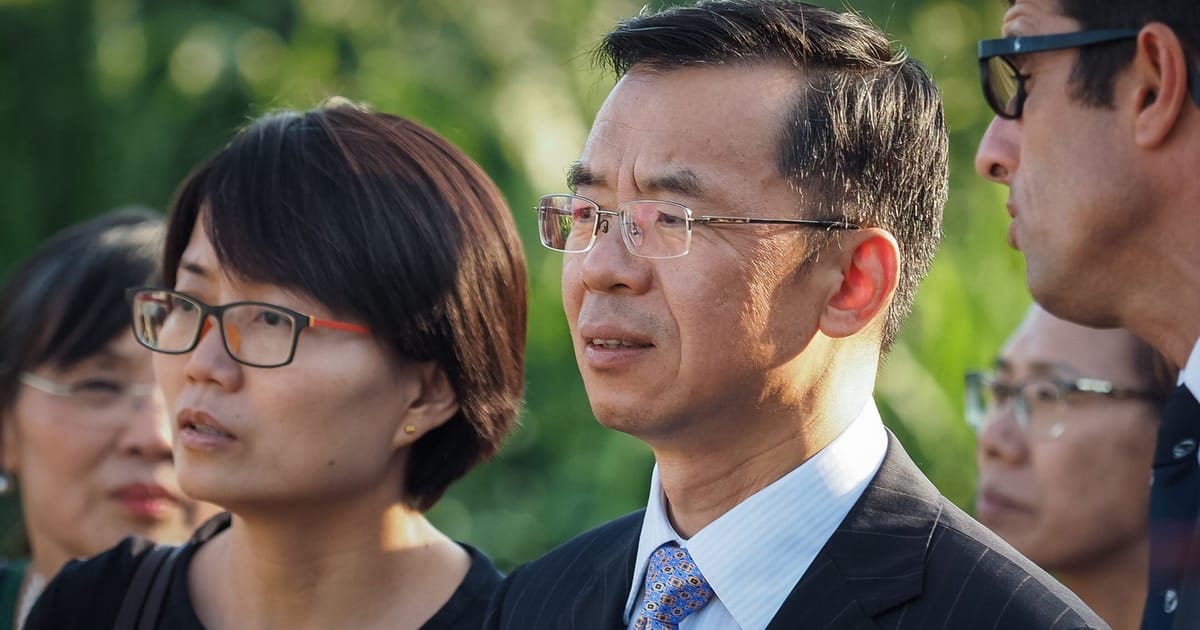
The energy crisis triggered by Russia’s invasion of Ukraine and the weaponization of energy have put European values and unity to the test like rarely before.
Faced with soaring gas and electricity prices last year, EU policymakers decided to initiate a reform of the internal market for electricity. It is a genuine political dilemma. A major reform of the market had just been completed and further intervention could affect investor confidence and slow EU pathway to energy sovereignty. At the same time, a prolonged situation with historically high price levels would be untenable.
Energy has always been the lifeblood of the European project. The European Coal and Steel Community was founded on the belief that shared energy resources would make conflict between member countries “not merely unthinkable, but materially impossible”. When closed national systems were opened to competition, European consumers started reaping the benefits of growing innovation and system efficiency.
More than 70 years after the founding of the Union, energy is still at the core of European integration, boasting one of the largest integrated markets in the world. We should remember that this market is what enabled the EU to keep the lights on throughout the tensest times in recent European history. The internal market for energy ensured stable electricity in France when the country became a net importer for the first time in 40 years, and it ensured stable supplies of gas to Germany and countries in Eastern Europe when deliveries from Russia were cut off.
We should remember that this market is what enabled the EU to keep the lights on throughout the tensest times in recent European history.
Now, we need to show the same determination to structurally address our vulnerabilities and build a robust system that is immune to future shocks. This is the key focus of my presidency at Eurelectric.
Unlock vital infrastructure buildout
To update an old slogan: ‘No transition without transmission… and distribution’. Effectively integrating vast amounts of renewable energy, and managing millions of electric vehicles and heat pumps means our infrastructure, especially the distribution grids, needs to get bigger and smarter.
It’s crucial to understand that what got us here, won’t get us to 2030. In the past, regulation of grids was about keeping an already-reliable system stable and avoiding unnecessary costs for consumers. Today, the agenda is completely different: we need to massively scale up the sector to replace fossil fuels with clean power. That requires a new European mandate for the regulators overseeing the business.
Time-consuming bureaucracy in permitting, monitoring and reporting must be radically reduced. Less is more because less is faster.
Regulators must take ownership of the green agenda, allowing vital growth while continuing to control costs. They must guide the industry, allow it to invest at speed and remove the barriers hampering infrastructure build out. This requires a new cooperative mindset, better planning and positive incentives with a clear focus on enabling the delivery of such expansion and smartification. To this aim, time-consuming bureaucracy in permitting, monitoring and reporting must be radically reduced. Less is more because less is faster.
Strengthen security of supply
Frequent cyberattacks, military threats and extreme weather events call for a deep rethink of Europe’s energy security in coordination with industrial and external policy.
Supercharging the deployment of homegrown renewable and low-carbon power supply is the first step to strengthening the resilience of our supply chains while advancing the decarbonization of our industries. While ramping up wind and solar capacities, however, more flexible assets are needed to complement them, including storage, demand-side response and large-scale generation assets.
Restore order: ensure stable long-term signals, fix distortions
Achieving these developments is only possible within a solid market and investment framework. A critical part of the electricity market reform consists of complementing the effectiveness of the short-term market with the stability of long-term instruments. These will provide clarity and restore investors’ confidence, while shielding customers against the most extreme market volatility created by fossil fuel prices.
These instruments must be deployed with caution and balanced with the freedom to choose from a variety of market routes. There is no single path to unlock the massive volumes of investments needed to meet electricity demand and relieve price pressure.
The design of the market has distributional effects that must be equitably allocated between investors, consumers and — where needed — the state. A government-led push for additional capacity should complement rather than supersede the market for privately agreed contracts, such as power purchase agreements while avoiding drying up the forward market, in which contracts of one-to-three years are often used to hedge most customers’ needs.
As a general rule, policymakers must avoid retroactive measures, forced contracts and a misguided framework for crisis detection. Concretely, there must be a clear phaseout of the patchwork of application of the so-called inframarginal revenue cap that resulted in a fragmentation of the internal market. Investors may have a hard time deploying capital into a jumpy market that too often detects crises and triggers unexpected price regulation with unclear cost compensation rules. While the energy market has always been subject to regulation, regulatory risk cannot be hedged and comes at a price for all.
A modern net-zero economy by 2050 requires we supercharge investments. Without a well-functioning European market, these will be “not merely unthinkable, but materially impossible”.
A modern net-zero economy by 2050 requires we supercharge investments. Without a well-functioning European market, these will be “not merely unthinkable, but materially impossible”. Countries cannot and should not go at it alone. As lawmakers decide on the electricity market reform, the industry plea to the European Council and Parliament is to aim for a balanced reform that reinforces our common framework, rather than weakening it. This is the EU’s chance to strengthen our resilience and energy sovereignty and prove that we are serious about our climate ambitions. There is no better way than to start by defending the foundational integrity of our energy market.




